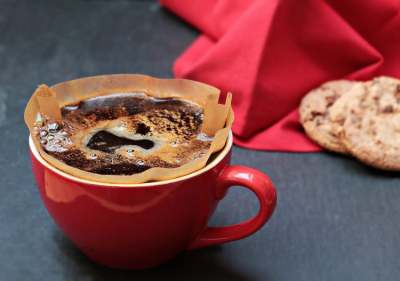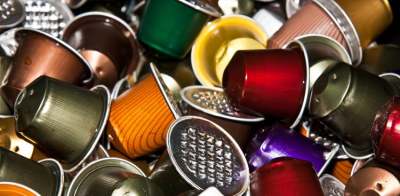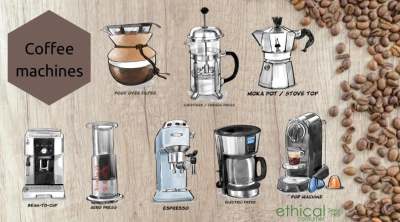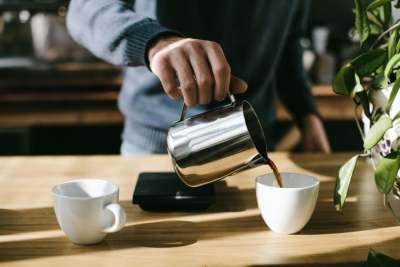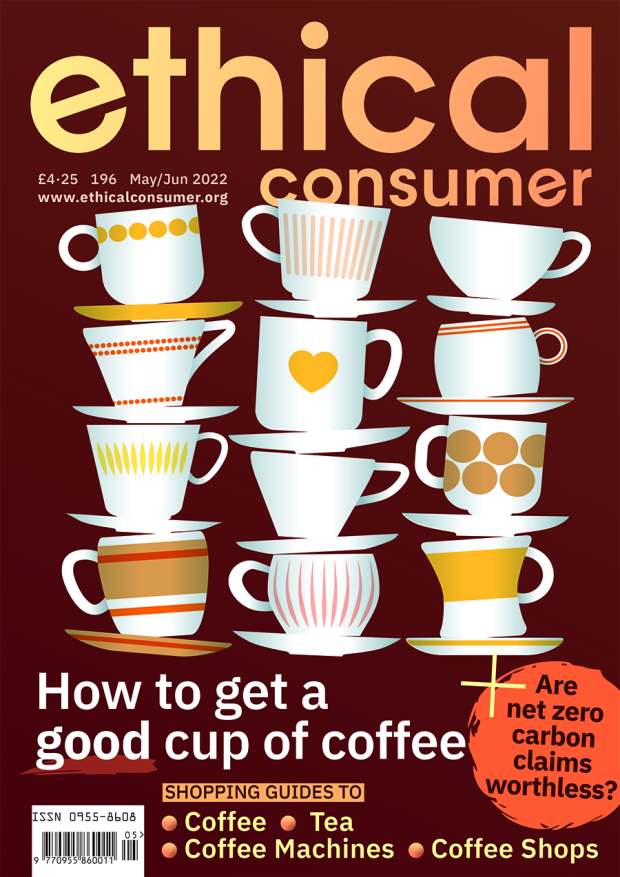When it comes to coffee made in UK homes, instant still dominates, holding around 60% of the market. However, fresh grounds/beans and pods have become increasingly popular in recent years, especially during the first two years of the Covid-19 pandemic, when national lockdowns meant that more people attempted to recreate the cafe experience in their own homes.
There are a million and one ways to make a coffee these days. For this guide to ethical coffee machines, we’ve included the most common machines on the market and assessed the ethical pros and cons of each, as well as the most ethical brands producing these machines.
In general, we recommend manual machines over those that have electronic components, as electronic goods generally have a greater negative environmental impact.


